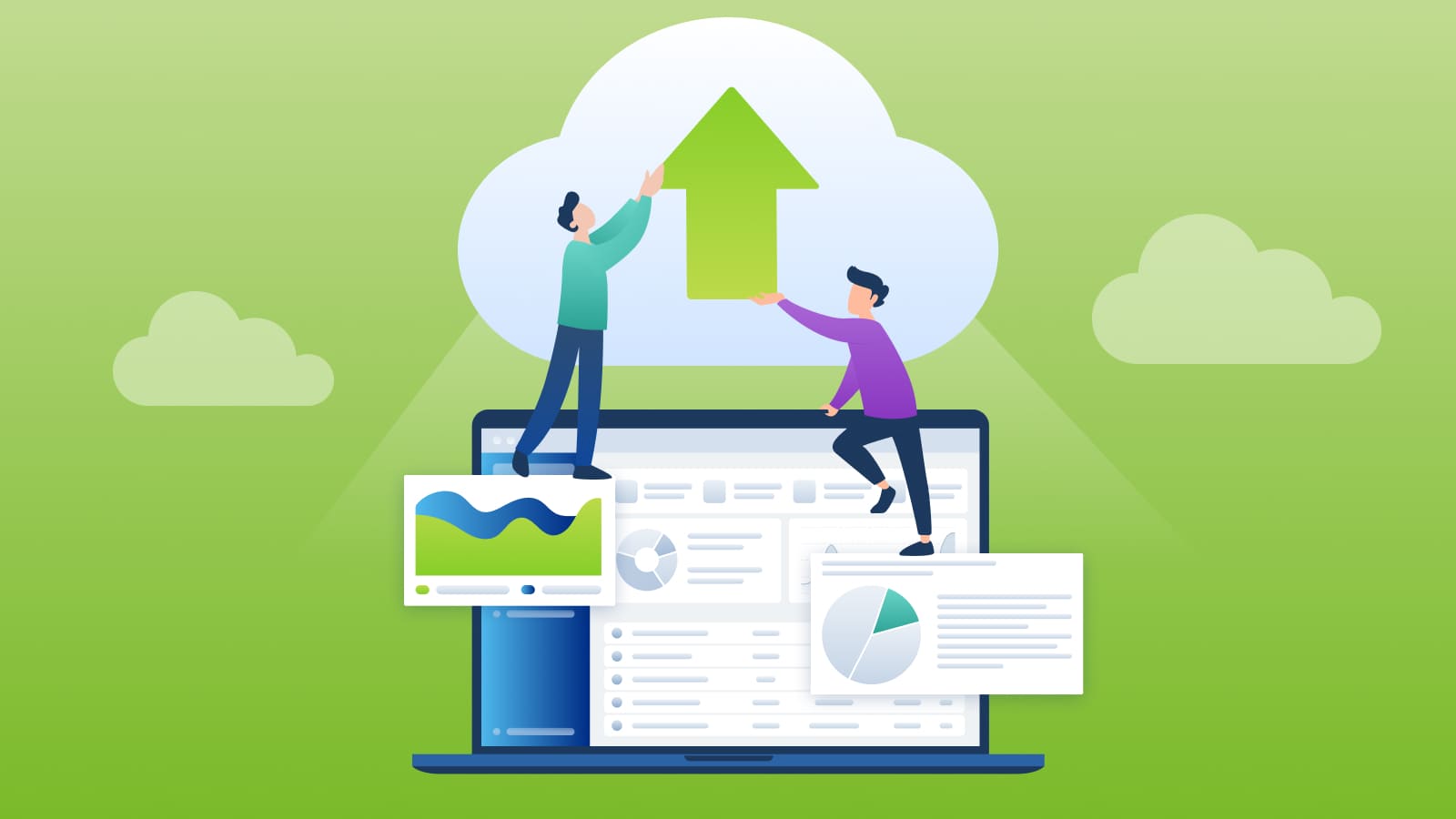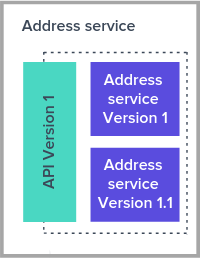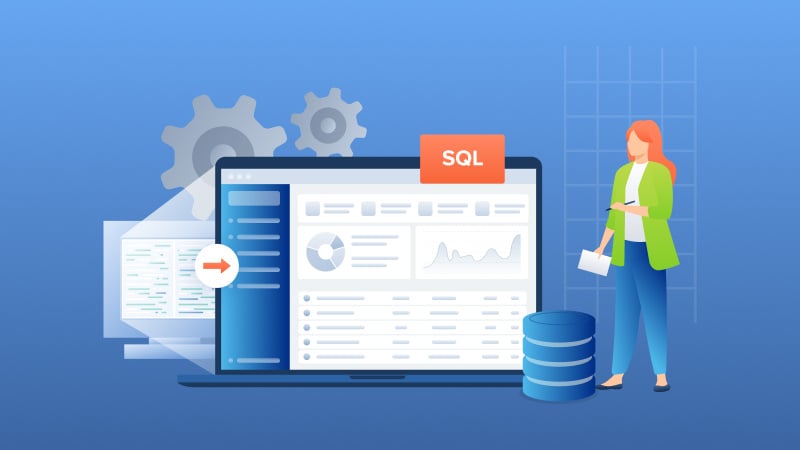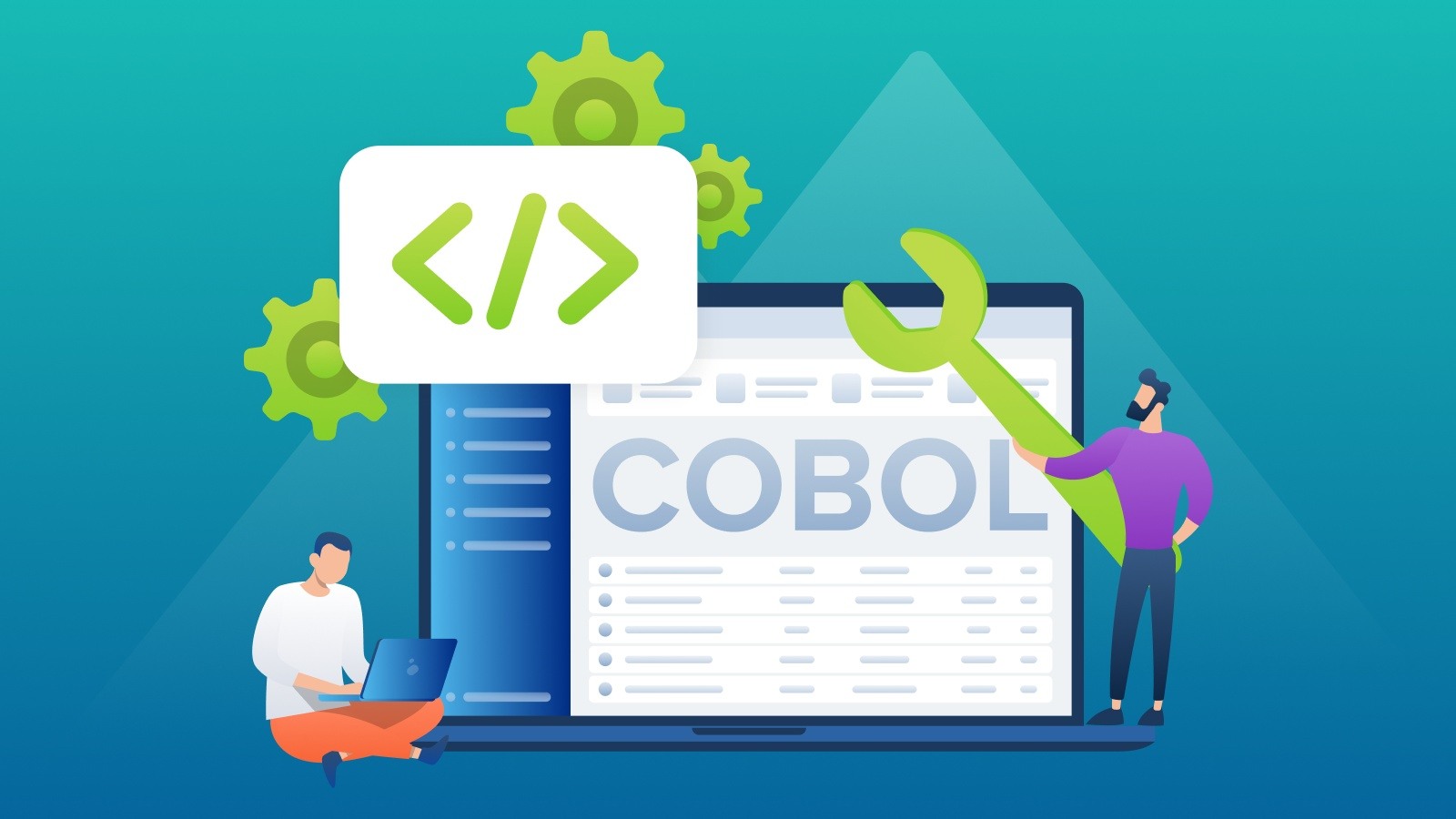Why Migrate from Btrieve to PostgreSQL and other Relational Databases?
Introduction Many independent software vendors (ISV) and corporate users still rely on applications that use a category of database collective called...

This post was co-authored with our Senior Engineer Mike Mackrory.
In recent years, the trend towards cloud migration has accelerated at a remarkable pace.
The global cloud computing market is projected to reach $832.1 billion by 2025, reflecting a CAGR of 17.5% from 2020 to 2025. That comes as no surprise since cloud solutions offer greater agility, scalability, and cost-effectiveness.
However, the cloud migration process also comes with its own challenges and pitfalls. Concerns about data security, budget overruns, inadequate planning, and integration issues with legacy systems often loom large, leading to delays, disruptions, and potential setbacks.
The good news?
You can implement different best practices for cloud migration to mitigate the risks and maximize the potential benefits for your business.
Let's explore the 10 main cloud migration best practices, offering actionable insights and strategies to navigate the complexities of the migration process successfully.
Before diving into the cloud application migration best practices, it's essential to understand some of the key terms like:
Undoubtedly, a cloud-native model can help you achieve better results. However, this decision should follow a meticulous evaluation of migration costs and a firm commitment from your organization to see the process through to completion.
Why?
If your primary goal for cloud migration is merely to ride the trend or to impress shareholders without a solid strategic purpose, you might not yield the expected outcomes.
That's why, before initiating a cloud migration process, you should:
Remember, successful cloud migration is not just about following trends but about strategically aligning technology initiatives with overarching business objectives.
Begin the discussion about security early in the process and implement best practices for secure cloud migration before you start development.
The reason?
While moving your application to the Cloud allows you to reach a broader audience, it also increases your security exposure.
In addition to the risk of compromising sensitive data, new legal requirements such as the GDPR in the EU require organizations to implement specific practices around their users' data. These measures are far easier to implement at the beginning, rather than trying to retrofit them once a project is complete.
In order to safeguard your data and stay compliant with regulatory standards, aim to incorporate security measures from the planning phase onward.
An API (Application Program Interface) allows the exchange of information between two applications or services.
In the context of cloud migration, API-first development emerges as one of the most essential cloud data migration best practices. This approach ensures seamless integration and efficient communication between diverse applications and services.
By embracing API-first development, you can enjoy many critical benefits. For example:
By defining interfaces early, you can proactively address security concerns and ensure compliance with regulatory requirements.
Furthermore, API-based architecture enables engineering teams to introduce enhancements seamlessly without disrupting services that rely on the established cloud APIs, enhancing agility and adaptability in the cloud environment.

Fig. 1: Updating a service behind an API
Cloud migration necessitates a meticulous assessment and prioritization of your IT assets. Here's how to navigate this crucial phase:
Dependency mapping involves identifying and understanding the intricate connections between various applications and IT infrastructure components. By mapping out these dependencies, you can form logical groups of applications (known as move groups) that share common dependencies and can be migrated together seamlessly.
To create an effective dependency map, you should:
A comprehensive dependency map minimizes disruptions by ensuring that all relevant components are accounted for during migration planning. It also allows you to prioritize move groups based on their dependencies and criticality. This leads to better resource allocation and reduced risk during the cloud migration process.
To choose the right migration strategy, first, you need to develop a clear roadmap outlining timelines, milestones, and resource allocation. Here are the main steps in the process:
Migrating your applications to the Cloud can require a monumental effort, but you don't have to reinvent the wheel. Instead of starting from scratch, leverage the robust infrastructure and services offered by leading cloud providers like AWS, Azure, or Google Cloud.
In evaluating cloud providers:
The challenge with cloud-native applications is that you're building a distributed system. Understanding the health of your system at all times requires a robust and scalable monitoring system.
The monitoring solution you select should include:
Similar to security considerations, initiating your project with a well-defined monitoring strategy is better than trying to retrofit solutions as the project advances.
At every stage of the process, from planning to deployment, comprehensive testing ensures that applications and data function as expected in the cloud environment.
To fully harness the potential of cloud migration, optimizing applications for the cloud environment is essential. Cloud-native services and features offer unparalleled performance and scalability, but applications must be adapted to leverage these benefits effectively.
Want to harness all the benefits of the Cloud but not sure where to start?
Mertech is here to assist with your cloud migration journey. With an experienced team and proven track record, we deliver results that transform your business in the Cloud. Contact us today to learn more about our cloud migration services and start your journey to cloud success.
The three main phases of cloud migration are:
The 4 R's of cloud migration are:
The most common cloud migration model is the lift-and-shift approach, where existing applications are migrated to the Cloud with minimal changes. This model offers a quick migration path but may not fully leverage the benefits of cloud-native services.
The duration of cloud migration varies depending on factors such as the complexity of applications, the size of data, and the chosen migration strategy. It can range from a few weeks to several months or even longer for large-scale migrations.
Cloud migration costs vary depending on factors like the size of the workload, the chosen migration strategy, and the cloud service provider.
While there are upfront costs associated with migration, the long-term benefits of scalability, flexibility, and cost optimization often outweigh the initial investment.
Successful cloud migration involves thorough planning, clear objectives, stakeholder alignment, effective communication, and continuous monitoring and optimization. It also requires leveraging cloud-native best practices to maximize the benefits of the cloud environment.
Cloud migration costs can be calculated by assessing factors such as infrastructure expenses, data transfer costs, licensing fees, and ongoing operational expenses.
It's essential to conduct a comprehensive cost analysis, considering both upfront and long-term costs, to accurately estimate the total cost of migration. Additionally, consulting with cloud experts can help in developing a detailed cost estimation plan tailored to your specific migration needs.

Introduction Many independent software vendors (ISV) and corporate users still rely on applications that use a category of database collective called...

COBOL applications are the foundation of numerous essential business functions, especially within the banking, insurance, and government sectors....

Imagine breaking free from the constraints of old, monolithic systems and embracing the agility and innovation of cloud-based solutions.